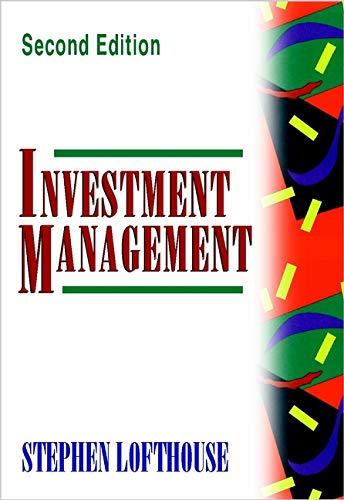Profitability ratios help in the analysis of the combined impact of liquidity ratios, asset management ratios, and debt management ratios on the operating performance of a firm. Your boss has asked you to calculate the profitability ratios of Blur Corp. and make comments on its second-year performance as compared with its first-year performance. The following shows Blur Corp.'s income statement for the last two years. The company had assets of $9,400 million in the first year and $15,037 million in the second year. Common equity was equal to $5,000 million in the first year, and the company distributed 100% of its earnings out as dividends during the first and the second years. In addition, the firm did not issue new stock during either year. Blur Corp. Income Statement For the Year Ending on December 31 (Millions of dollars) Year 2 Year 1 Net Sales 5,080 4,000 Operating costs except depreciation and amortization 1,365 1,268 Depreciation and amortization 254 160 Total Operating Costs 1,619 1,428 Operating Income (or EBIT) 3,461 2,572 Less: Interest 346 270 Earnings before taxes (EBT) 3,115 2,302 Less: Taxes (25%) 779 576 Net Income 2,336 1,726 Calculate the profitability ratios of Blur Corp, in the following table. Convert all calculations to a percentage rounded to two decimal places. Ratio Value Year 2 Year 1 Operating margin 64.30% Ration Value Year 2 Year 1 Operating margin 64.30% Profit margin 45.98% noso Return on total assets 18.36% Return on common equity 34.52% Basic earning power 23.02% Decision makers and analysts look deeply into profitability ratios to identify trends in a company's profitability. Profitability ratios give insights into both the survivability of a company and the benefits that shareholders receive. Identify which of the following statements are true about profitability ratios, Check all that apply. If a company has a profit margin of 10%, it means that the company earned a net income of $0.10 for each dollar of sales. If a company's operating margin increases but its profit margin decreases, it could mean that the company paid more in interest or taxes. An increase in the return on assets ratio implies an increase in the assets a firm owns. If a company issues new common shares but its net income does not increase, return on common equity will increase. Grade It Now Save & Continue Continue without saving








